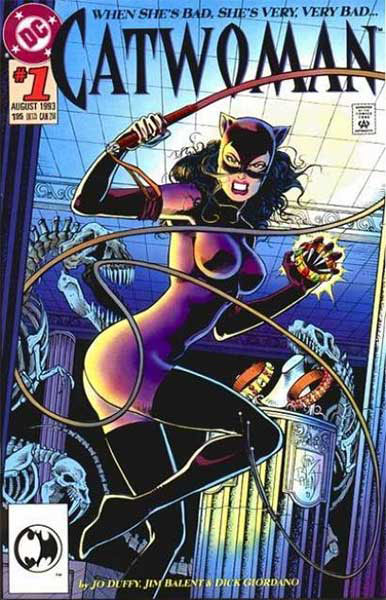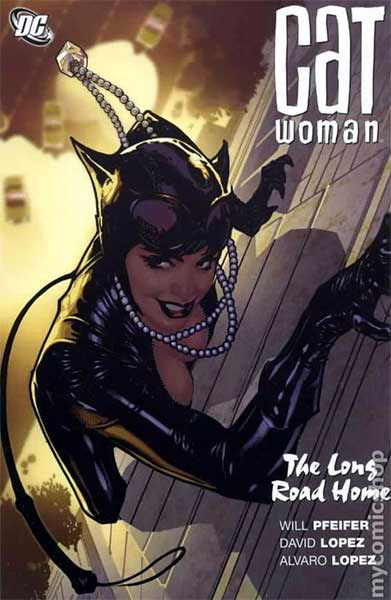
They also changed the standard formula for supervillains; she was very different from her villain counter-parts such as the Penguin, Riddler or Joker. She never killed or portrayed as evil.
Kane said he used the cat allusion for her because he "felt that women were feline creatures and men were more like dogs. While dogs are faithful and friendly, cats are cool, detached and unreliable. I felt much warmer with dogs around me—cats are as hard to understand as women are.
"Men feel more sure of themselves with a male friend than a woman. You always need to keep women at arm's length. We don't want anyone taking over our souls, and women have a habit of doing that. So there's a love-resentment thing with women. I guess women will feel that I'm being chauvinistic to speak this way, but I do feel that I've had better relationships with male friends than women. With women, once the romance is over, somehow they never remain my friends."

Kyle was originally portrayed as a supervillain, however, as her character has grown and changed she has become more of an anti-heroine within her stories.
She is also one of Batman's most complex and reoccurring love interest throughout the comics.
Kyle was extremely popular from 1954 to 1966, but then her character was placed on the back burner due to changes in the Comics Code Authority in 1954. The issues that arose involved rules regarding the development and portrayal of female characters.
Selina Kyle is not the only anti-heroine to don the cat suit and name Catwoman. She was joined by Holly Robinson and Eiko Hasigawa. Catwoman has been ranked 11th on IGN's "Top 100 Comic Book Villains of All Time" and 51st on Wizard magazine's "100 Greatest Villains of All Time." However, interestingly enough, she was ranked 20th on IGN's "Top 100 Comic Book Heroes of All Time."


